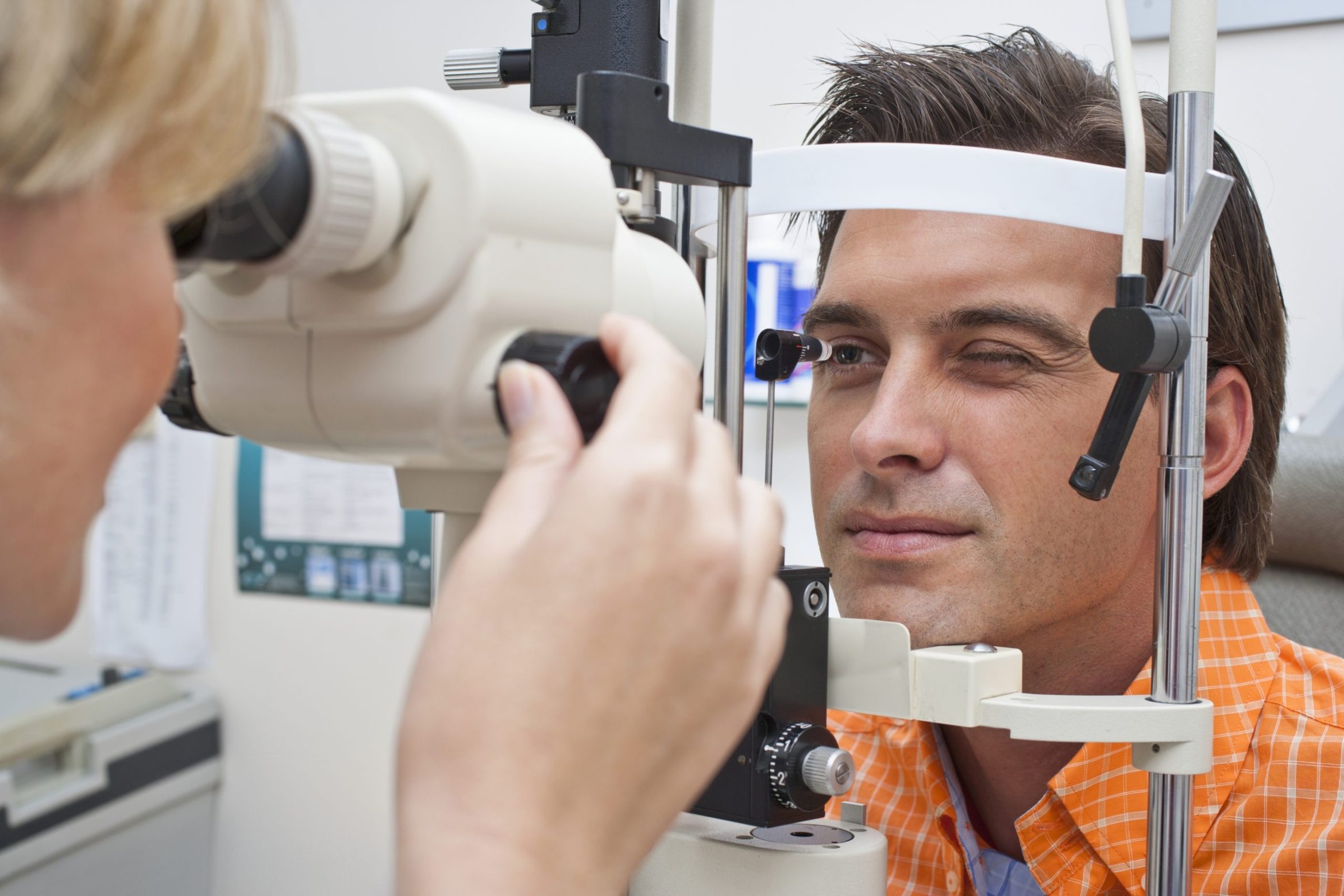Undergoing LASIK surgery is a significant decision, and it’s natural to have questions about the procedure. One common concern we frequently address with patients is the possibility of sneezing during the surgery. It’s crucial to understand that while these are natural reflexes, we take extensive precautions to ensure your safety and the success of your LASIK procedure. We understand that the idea of sneezing during LASIK can be unsettling, but rest assured, we are prepared for such occurrences.
Understanding the LASIK Procedure and Safety Protocols
LASIK, or Laser-Assisted In Situ Keratomileusis, is a refractive surgery designed to correct vision problems like nearsightedness, farsightedness, and astigmatism. The procedure involves creating a thin flap in the cornea, reshaping the underlying corneal tissue with a precise excimer laser, and then repositioning the flap. Our priority is maintaining a safe and stable environment throughout the process.
The entire LASIK procedure takes approximately 5-7 minutes per eye, totaling around 20 minutes. Many patients find this reassuring. However, most of this time is dedicated to preparation, surgical planning, and communication between the surgeon and patient. The actual laser treatment lasts only a few seconds—typically less than 30 seconds per eye! As a result, the chances of sneezing during the brief moment when the laser is active are extremely low.
How We Prevent Sneezing During LASIK
We understand that sneezing is a reflex often triggered by irritants. Before the LASIK procedure, we take several steps to minimize the likelihood of sneezing:
- Controlled Environment: The operating room is meticulously maintained to control factors that could trigger sneezing, such as dust, allergens, and temperature fluctuations. We ensure a comfortable and stable environment.
- Pre-operative Assessment: We inquire about any allergies or sensitivities you may have and take necessary precautions. Transparency about your health history is vital for a successful outcome.
- Patient Education: We thoroughly explain the procedure, emphasizing the importance of remaining still and relaxed. Understanding the process can significantly reduce anxiety and the likelihood of involuntary movements.
- Physical Stabilization: Before LASIK, your surgeon ensures minimal movement by using a device to gently hold your eyelids open. Numbing eye drops are applied to prevent discomfort and reduce the likelihood of involuntary movements. These steps help maintain precision and safety throughout the procedure.
What Happens If You Do Sneeze During LASIK?
While we take every precaution to prevent sneezing, it’s essential to know what happens if it occurs. Our advanced technology and surgical techniques are designed to accommodate such events:
- Laser Precision: The excimer laser used in LASIK is incredibly precise and tracks even the smallest eye movements. If you were to sneeze, the laser would automatically pause, and the procedure would be momentarily halted.
- Safety Mechanisms: Our equipment features advanced eye-tracking technology that constantly monitors the position of your eye. This technology can compensate for sudden movements, ensuring the laser delivers the intended treatment.
- Surgeon Expertise: At Whiting Clinic, our surgeons are highly skilled and experienced in managing any unexpected events during the procedure. They are trained to quickly and safely resume the surgery once any involuntary movement has subsided.
Choosing LASIK surgery is a big step towards better vision. We recognize the importance of addressing all your concerns, including the possibility of sneezing during the procedure. At Whiting Clinic, we are committed to providing you with the highest quality care and ensuring your safety and comfort throughout your LASIK journey. Our advanced technology, experienced surgeons, and comprehensive safety protocols are in place to minimize risks and ensure the success of your procedure.
Schedule Your Free LASIK Consultation.

Call and Talk to us in person.
(952) 475-3787Sources:
American Academy of Ophthalmology. (n.d.). LASIK: What to expect. Retrieved from https://www.aao.org/eye-health/treatments/lasik-surgery
Mayo Clinic. (2023, July 19). LASIK eye surgery. Retrieved from https://www.mayoclinic.org/tests-procedures/lasik-eye-surgery/about/pac-20384774
Categories




